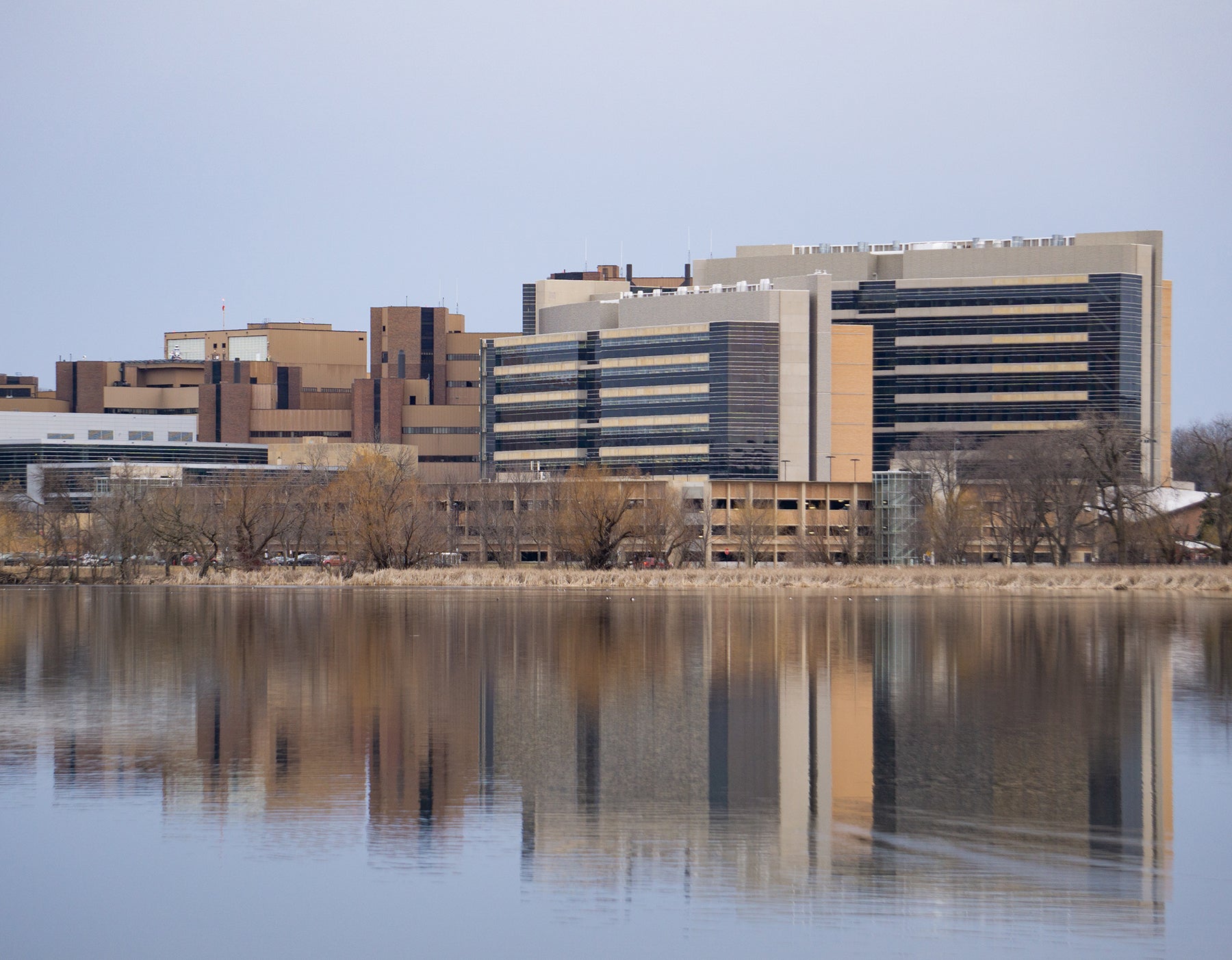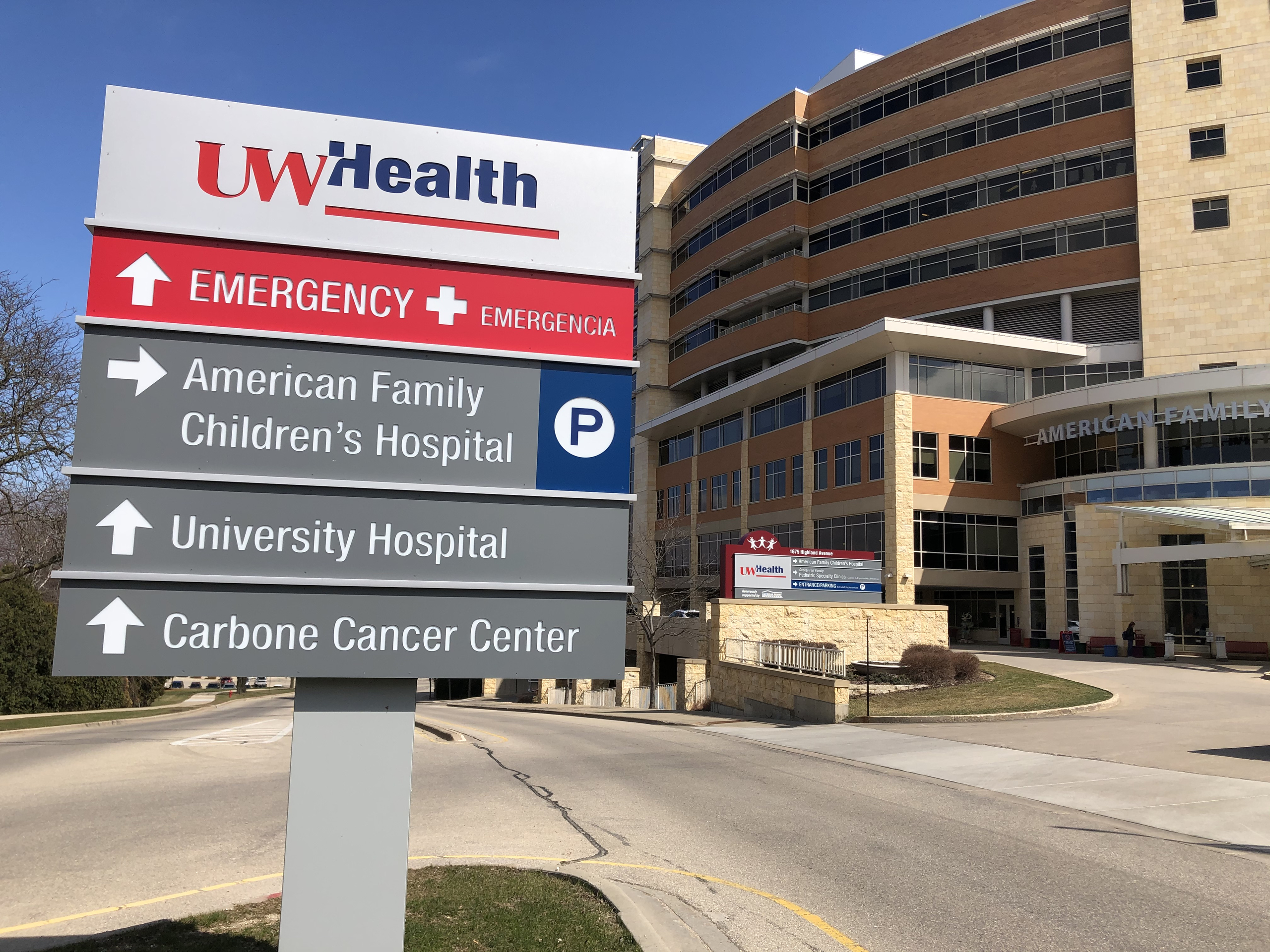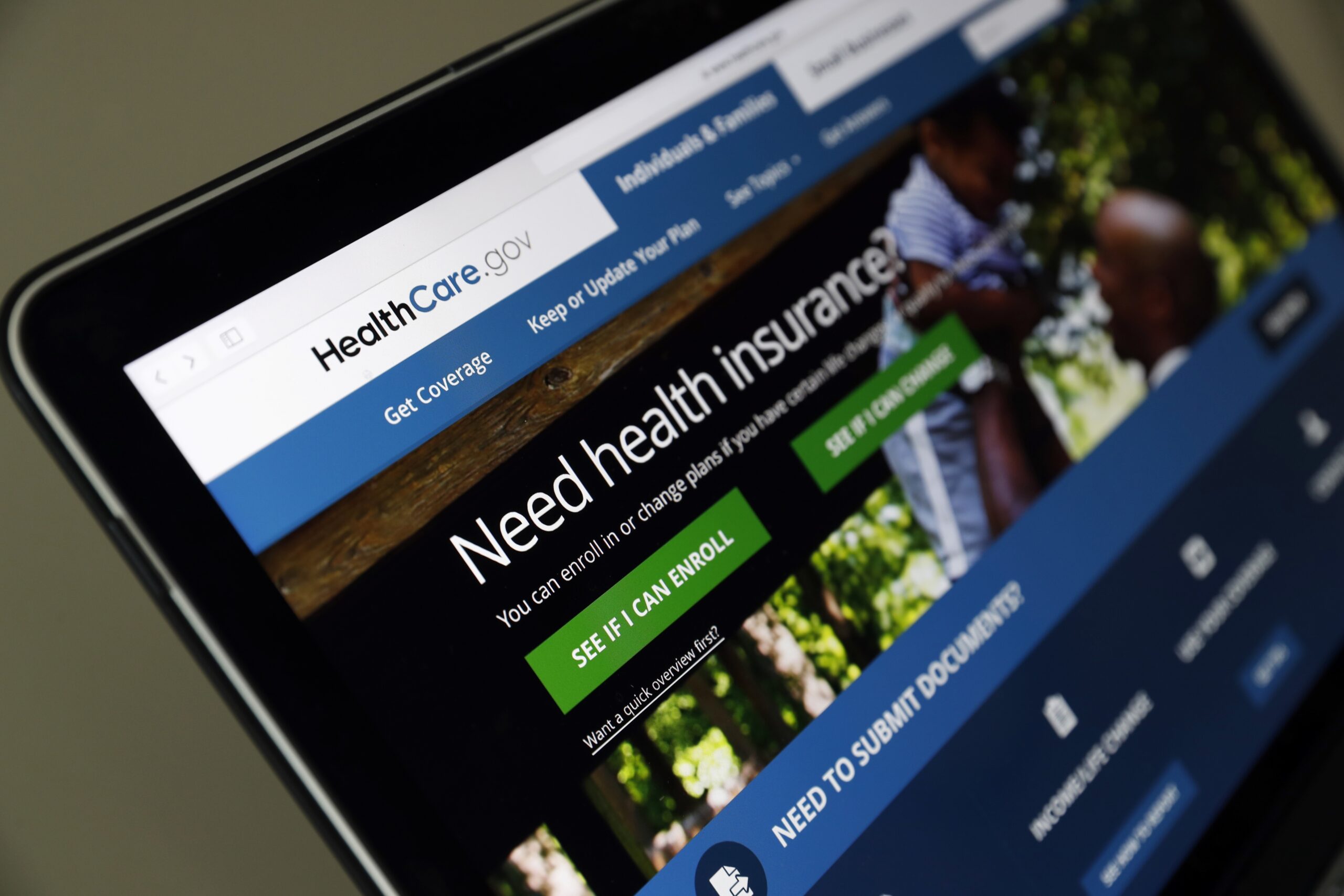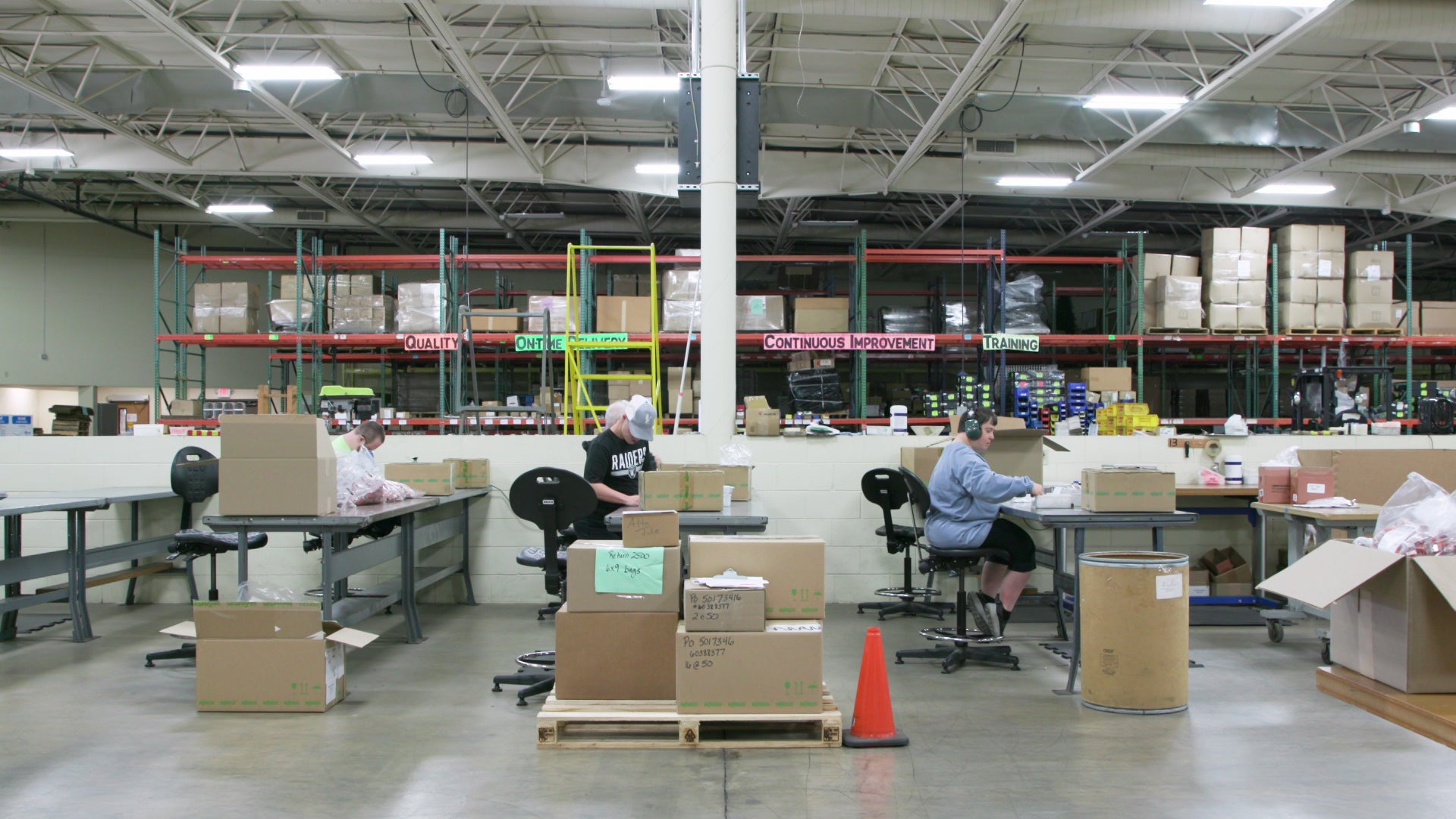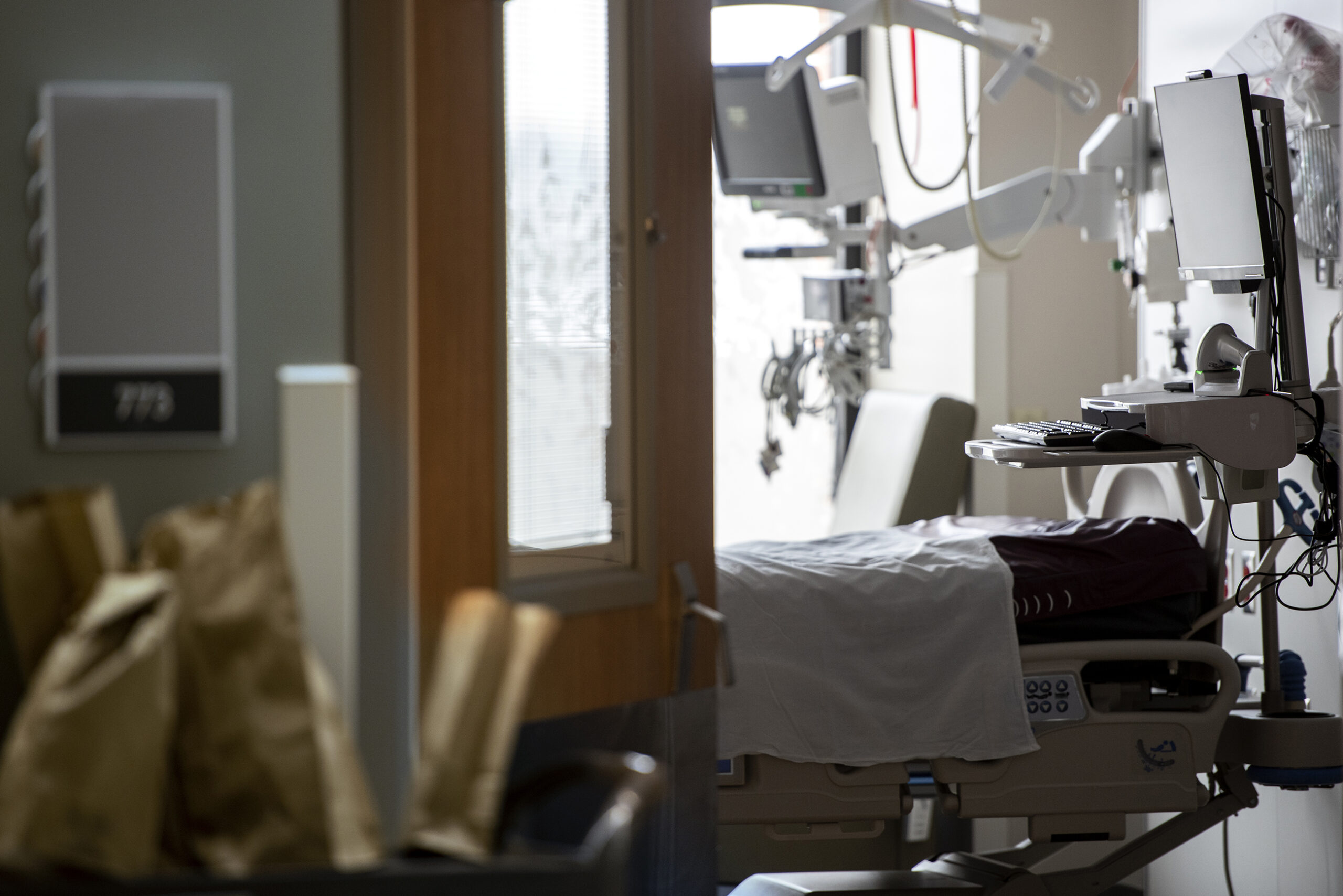The ways the health care market would be affected if the state were to switch to self-insurance for its workers was a topic in focus at a University of Wisconsin-Madison faculty forum Tuesday.
Wisconsin officials are considering the transition as a way to potentially save money on health benefits. Just last week, the Group Insurance Board voted to ask for bids on a self-insurance model that could be implemented in 2018.
One consultant’s report predicted savings of up to $42 million by moving to the self-insurance model.
Stay informed on the latest news
Sign up for WPR’s email newsletter.
Speaking at the forum, business professor Justin Sydnor said that the change would shake up the health care market. The “main danger, in terms of a cost aspect,” as Sydnor put it, would be if the number of providers available to state employees were to fall. He also said there’s the potential of job loss for insurers and integrated health systems.
Currently, most insurers and health providers in the state’s network are located in Wisconsin, meaning that even if they weren’t part of the self-insurance system, the money they generate for the state’s economy wouldn’t be lost.
Fourteen percent of the state’s private insurance market is made up of state employees. If the state were to self-insure, it would pay benefits directly and assume risk that could rise if a lot of people got sick.
“That is one of the major risks that we’ve identified in moving to a self-insured model,” said Mike Bare of the Community Advocates Public Policy Institute. “You have to be sure … as a state that we’ve got money in the bank, in the trust, ready to go to pay the claims that used to be paid for by the insurance companies.”
The state currently self-insures pharmacy and dental benefits.
Wisconsin Public Radio, © Copyright 2025, Board of Regents of the University of Wisconsin System and Wisconsin Educational Communications Board.
